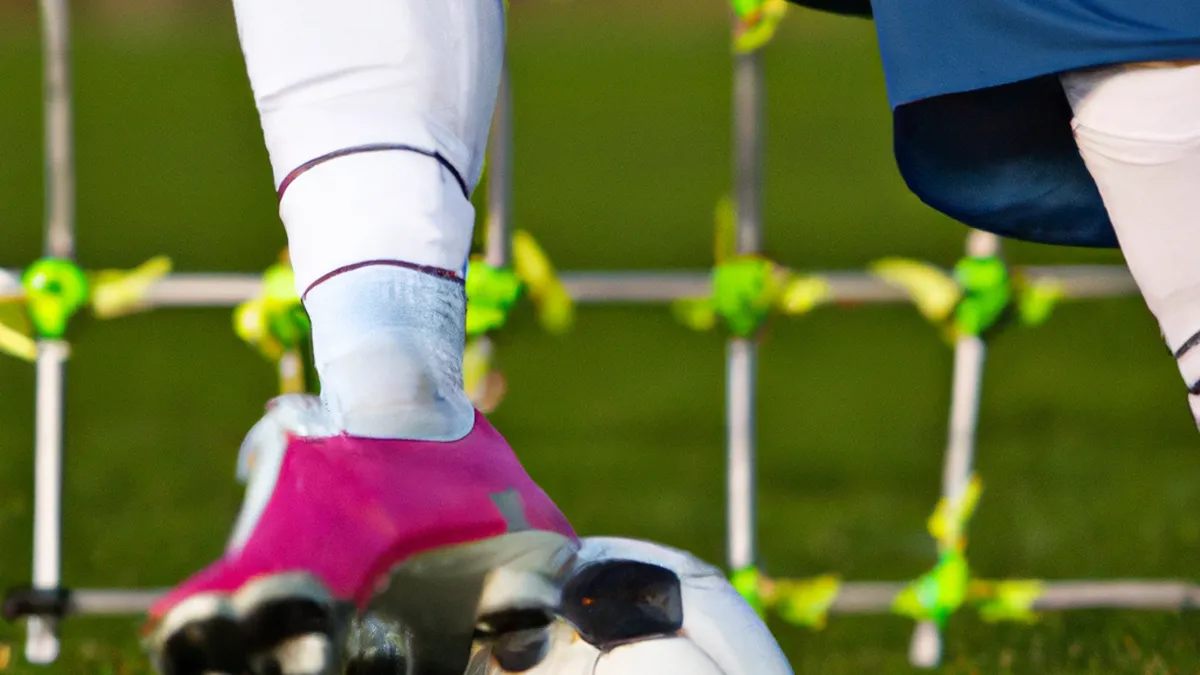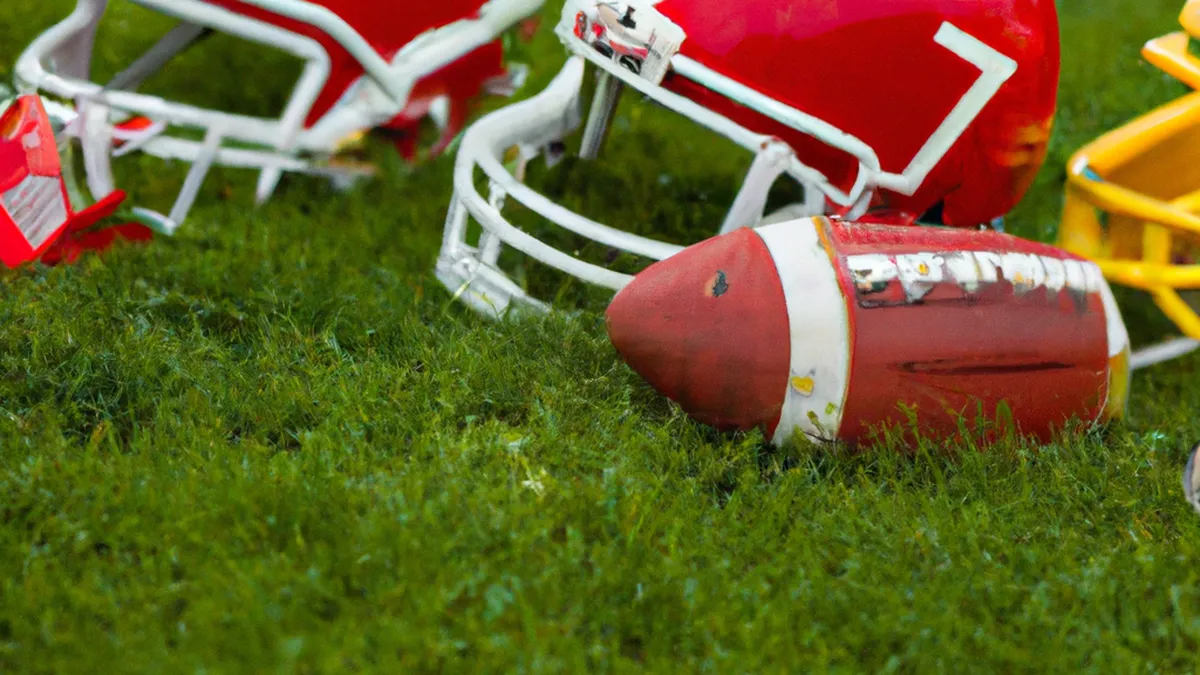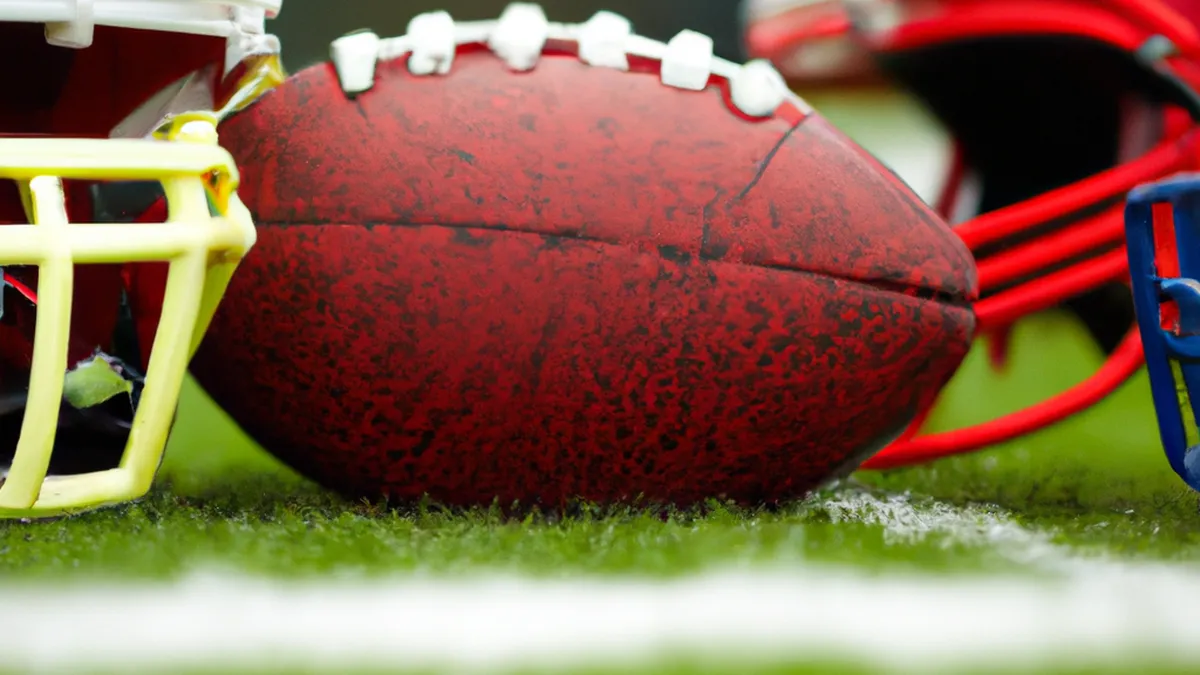Equalization Tips Every Diver Must Know
Practicing Equalization Methods UnderwaterDiving underwater excites divers. They explore vibrant marine life and stunning underwater landscapes. However, pressure changes present challenges. Equalization ensures safe and enjoyable diving. Managing ear pressure enhances your underwater experience. This blog post explores effective equalization methods, practice tips, beginner advice, and benefits of mastering these techniques.
Understanding Equalization
Equalization balances pressure in your ears. As you descend, water pressure increases. This pressure pushes against your eardrum, causing discomfort or pain. If you don’t equalize, you risk ear injuries or barotrauma, which can affect your hearing and well-being.Divers use various techniques to equalize. The **Valsalva maneuver** is the most common. Pinch your nose, close your mouth, and gently blow as if exhaling through your nose. This action forces air into the middle ear, equalizing pressure. The **Frenzel maneuver** offers another effective method. Close your throat while pushing your tongue against the roof of your mouth to create a pressure difference that opens the Eustachian tubes.Another technique is the **Toynbee maneuver**. Pinch your nose and swallow to equalize pressure without blowing.
The Importance of Equalization
Understanding equalization’s importance is vital. As you descend, pressure increases by approximately one atmosphere for every 10 meters (33 feet). This rapid change can cause discomfort and serious injuries, including ruptured eardrums.Proper equalization allows deeper dives and longer underwater exploration. It enhances your ability to explore coral reefs and wrecks without pain or anxiety.
Tips for Practicing Equalization
As an Amazon Associate I earn from qualifying purchases.
Gear tip: consider coach whistle, training pinnies, and tactics board to support this topic.
To practice equalization effectively, start on land. Simulate pressure changes. Use a mirror to observe your throat and tongue movements. This practice prepares you for diving.1. **Practice Regularly**: Set aside time each week to practice equalization. Consistency builds muscle memory, making underwater equalization easier.2. **Use a Controlled Environment**: Start practicing in a pool. A controlled environment helps you focus on equalization techniques without distractions. In a pool, practice ascending and descending slowly, mimicking actual diving conditions.3. **Stay Calm**: Anxiety complicates equalization. Practice relaxation techniques before diving. Take deep breaths to calm your nerves.
Conclusion
Mastering equalization enhances your diving experience. Practice consistently and use effective techniques to enjoy safe, comfortable dives.
Below are related products based on this post:
FAQ
What is equalization and why is it important for divers?
Equalization is the process of balancing pressure in your ears while diving. It is important because as divers descend, the increasing water pressure can cause discomfort or pain, and failing to equalize properly can lead to serious injuries like barotrauma.
What are some common techniques for equalizing pressure underwater?
The most common techniques for equalizing pressure include the Valsalva maneuver, Frenzel maneuver, and Toynbee maneuver. Each method involves different actions, such as pinching the nose and gently blowing or swallowing, to help open the Eustachian tubes and equalize ear pressure.
How can divers practice equalization techniques effectively?
Divers can practice equalization techniques effectively by starting on land in a controlled environment. Regular practice, using a mirror to observe movements, and simulating pressure changes can help build muscle memory and ease the process during actual dives.















Post Comment